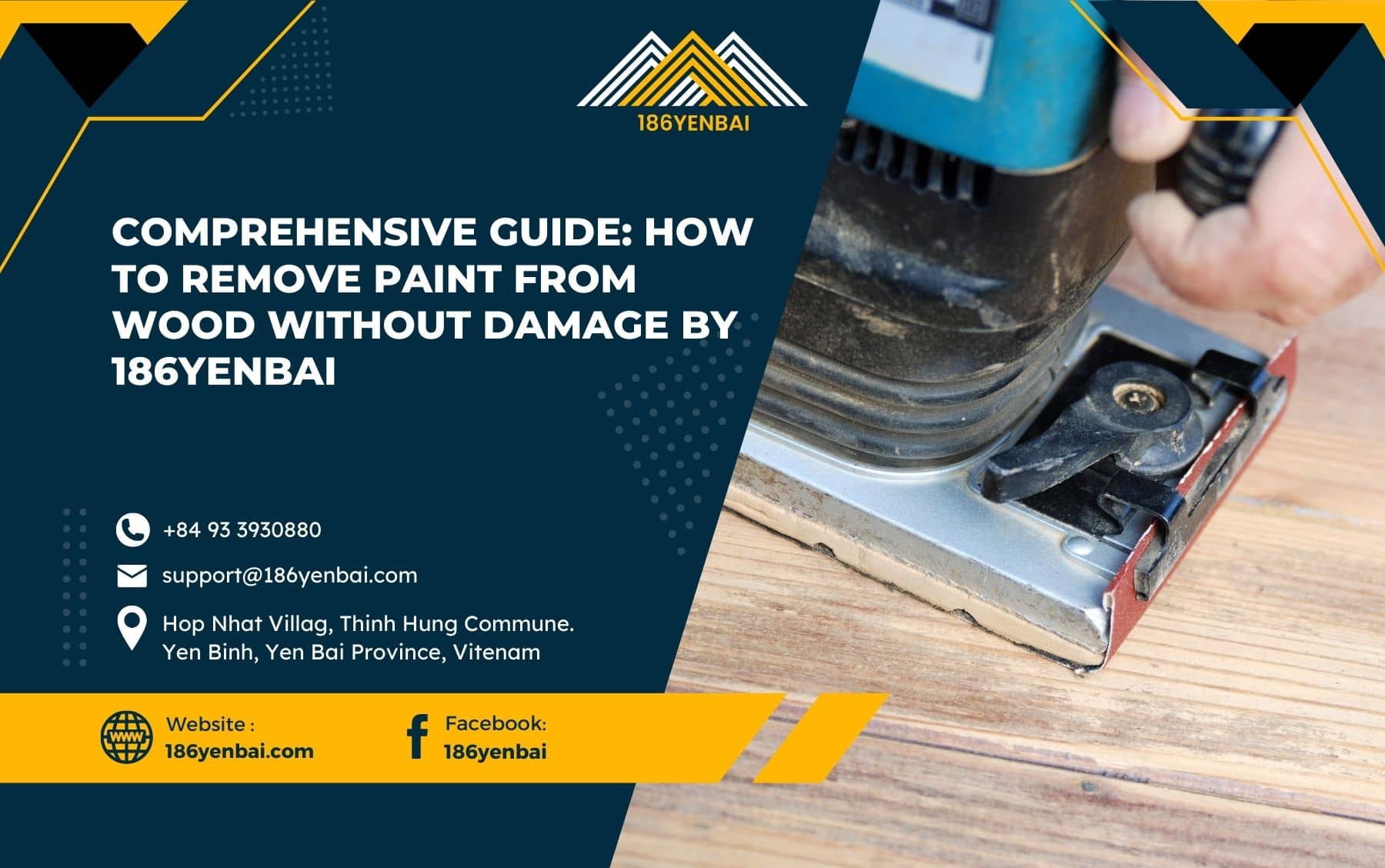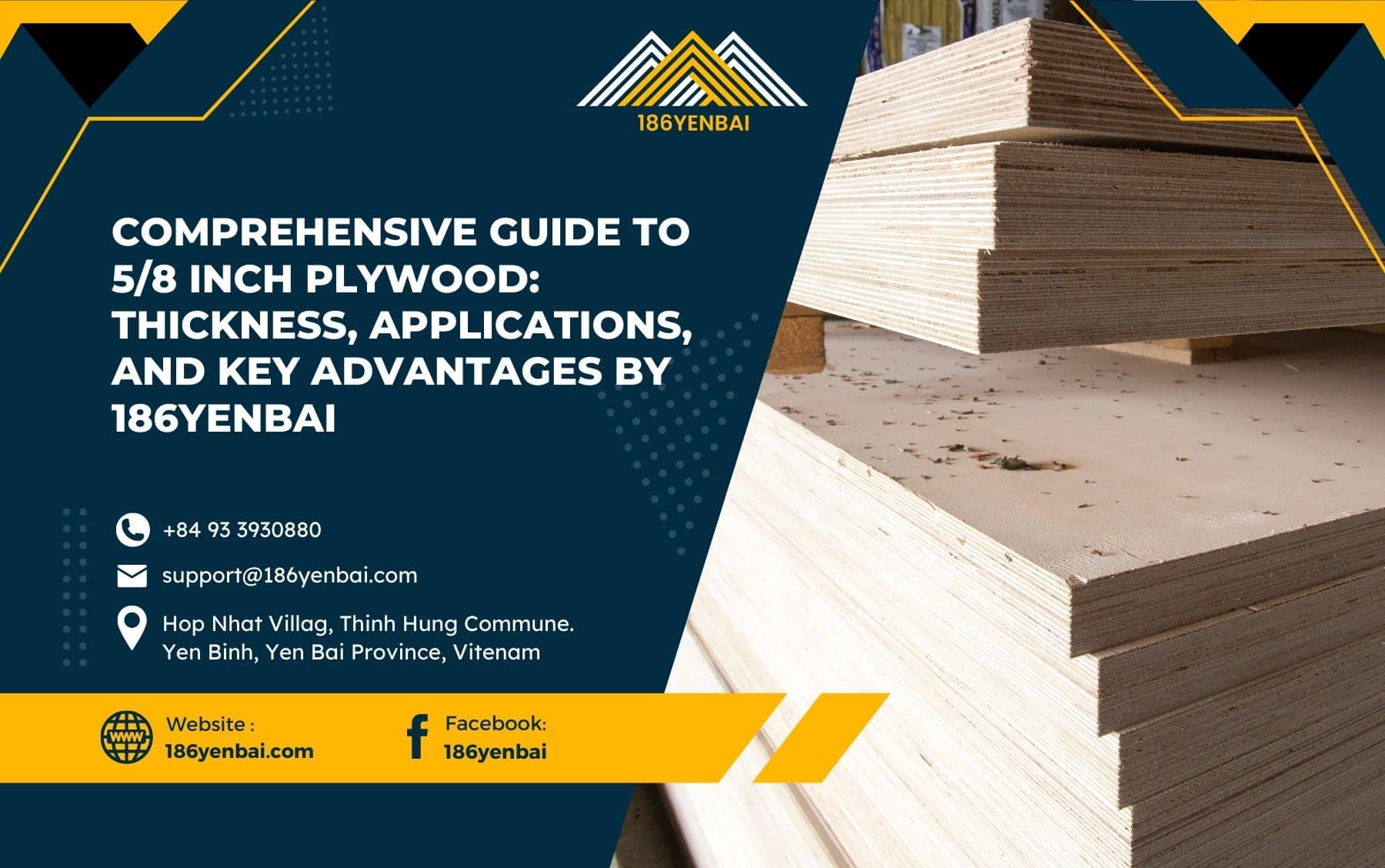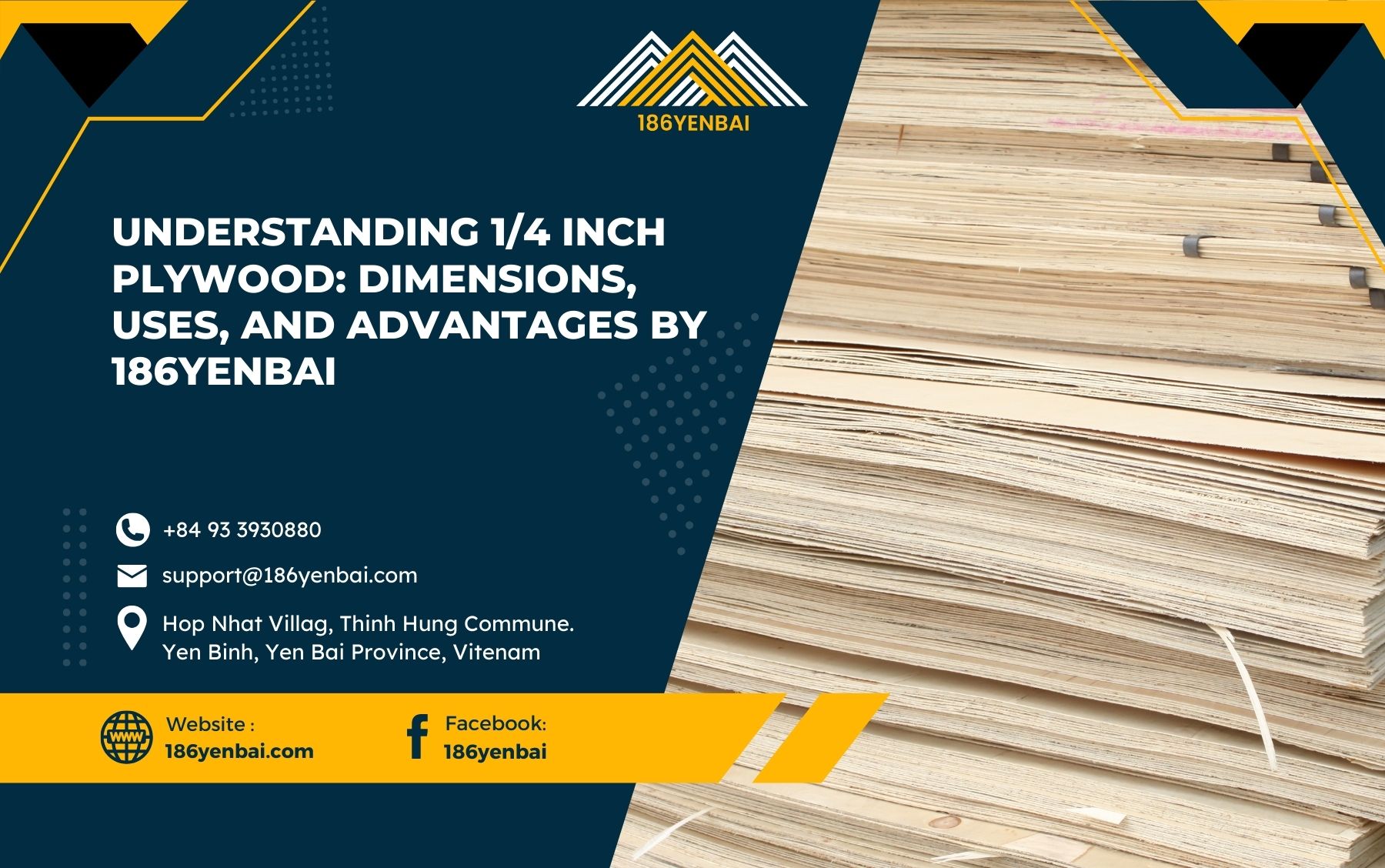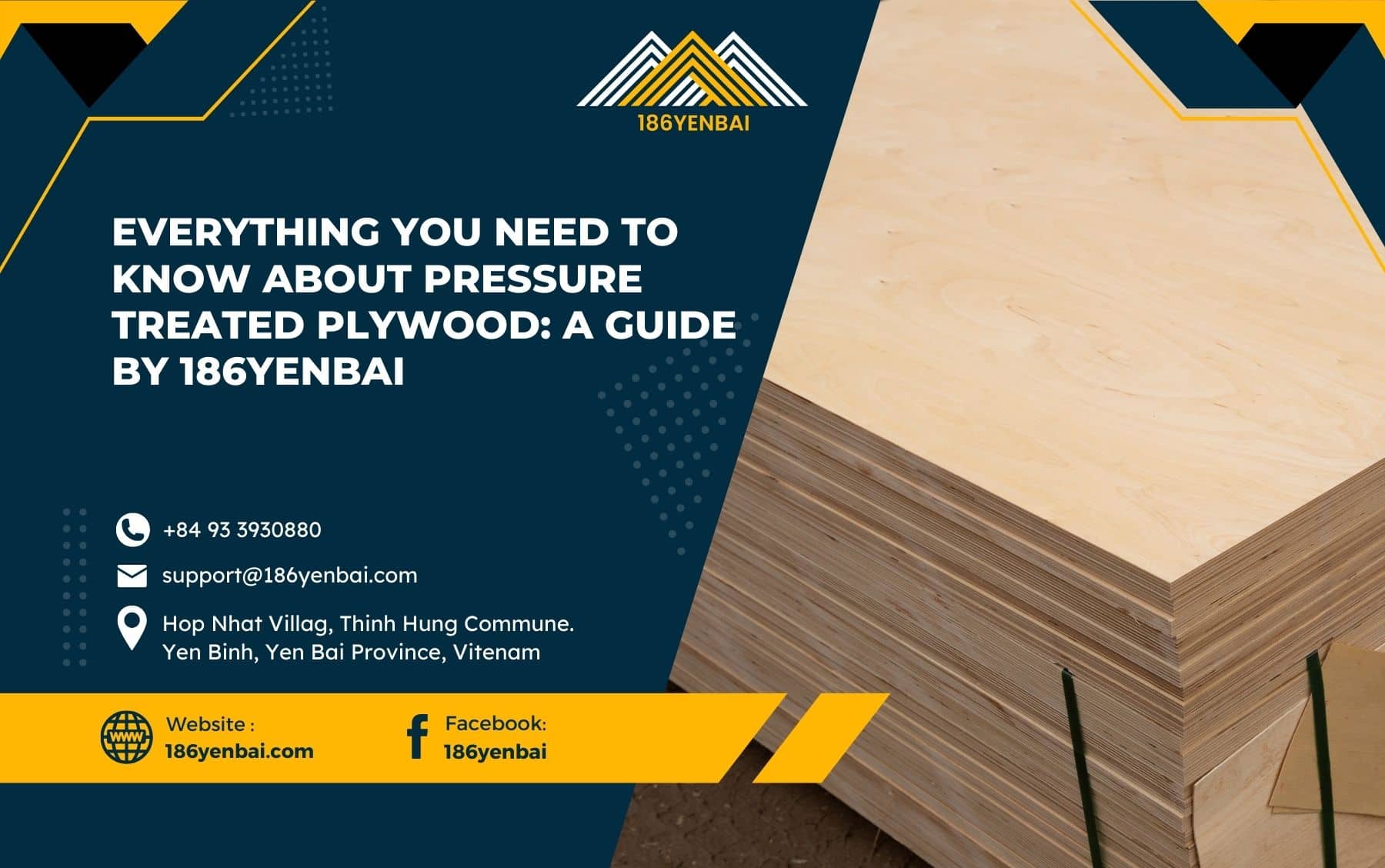Maintaining a deck is essential for prolonging its lifespan and ensuring it withstands weather changes and UV exposure. Choosing between stain and sealer can feel confusing, as both serve protective purposes but have distinct applications. In this guide, we’ll examine the differences between deck stain and sealer, their unique benefits, and which one may be right for your specific decking needs.

Table of Contents
ToggleUnderstanding the Basics: Stain vs. Sealer
Both deck stains and sealers are designed to protect your deck but have distinct features that affect the appearance, protection level, and maintenance requirements.
- Deck Stains: Deck stains add color to the wood, helping enhance the natural grain and giving your deck a rich, finished look. They usually contain pigments and offer some degree of UV and water resistance. Stains come in various opacity levels, allowing you to achieve anything from a natural, transparent look to a fully solid, colored finish.
- Deck Sealers: Deck sealers are usually transparent and primarily protect against water damage, mold, and mildew. Unlike stains, they don’t offer UV protection and don’t alter the wood’s color, preserving its natural appearance. Sealers are often less expensive than stains and can be used alone or as a top layer over stains for enhanced protection.
For a deeper understanding of types of plywood that can be used for decking projects, you might find our related articles, such as What’s the Ideal Subfloor Thickness for Maximum Insulation? and Construction Plywood: Your Reliable Partner for Building Projects, helpful.
Types of Deck Stains and Sealers
Deck Stains
Stains come in various types and levels of opacity, each suited for different aesthetics and durability needs:
- Transparent Stains: These offer minimal color and allow the wood’s natural grain to show through, ideal for those looking to highlight the wood’s natural beauty while adding a subtle tone.
- Semi-Transparent Stains: With a slight pigment, semi-transparent stains still allow the grain to show but provide better UV and moisture protection than transparent stains.
- Solid Stains: These opaque stains hide the wood grain entirely, creating a painted look with excellent UV resistance and color uniformity. Solid stains are best for decks with visible imperfections, as they can cover scratches and stains.

Related Reading: Waste Wood Recycling: Process, Benefits, and Innovations
Deck Sealers
Sealers are generally transparent and work best for those who want to maintain a deck’s natural appearance while adding a layer of water protection:
- Oil-Based Sealers: These penetrate deep into the wood fibers, providing long-lasting moisture protection, especially suited for decks exposed to heavy rain or high humidity.
- Water-Based Sealers: Quick-drying and easy to clean, water-based sealers form a barrier on the surface to protect from water damage. However, they may not be as durable as oil-based options.
- Resin-Based Sealers: Resin sealers bond with wood fibers, creating a strong, scratch-resistant surface, ideal for high-traffic areas where durability is key.

Pros and Cons of Stains and Sealers
Each option has its benefits and drawbacks depending on the climate, deck material, and aesthetic preferences.
Pros of Deck Stains
- UV Protection: Many stains contain UV-blocking properties that reduce the harmful effects of sunlight on the wood, minimizing warping and cracking over time.
- Color and Aesthetic Control: Stains offer control over color, allowing customization and enhancing the wood’s appearance. Darker stains, especially, can hide imperfections.
- Extended Durability: Stains often last longer than sealers, providing up to 3–5 years of protection before reapplication is needed.
Cons of Deck Stains
- Increased Cost: Stains can be more costly than sealers, especially when opting for high-quality options.
- More Maintenance: Due to color fading over time, stains may require periodic touch-ups or complete reapplication.
- Potential Hiding of Natural Wood Grain: Solid stains, in particular, cover the wood grain, which may not be desirable if you wish to maintain a natural wood look.
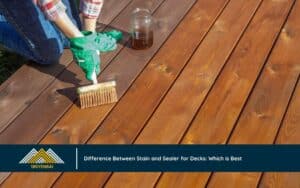
Pros of Deck Sealers
- Transparent Finish: Sealers allow the wood’s natural color and grain to remain visible, ideal for high-quality or expensive woods.
- Affordable and Accessible: Sealers are often more affordable than stains, making them a budget-friendly option for deck maintenance.
- Water Protection: Sealers provide a barrier against water damage, which is critical in humid or wet climates.
Cons of Deck Sealers
- Lack of UV Protection: Most sealers don’t offer UV protection, which means wood may turn gray over time from sun exposure.
- More Frequent Applications: Sealers generally need to be reapplied more frequently, around every 1–2 years.
- Less Customization: Since sealers are typically clear, they don’t offer color options, which may limit their appeal for certain design goals.
Related Article: Achieve a Wood-Like Finish: How to Stain Plywood Furniture
Choosing Between Stain and Sealer for Your Deck
The best choice between stain and sealer will depend on your deck’s specific needs and the climate where you live:
- For Natural Beauty and High-Quality Wood: If you have a high-quality wood deck (e.g., cedar or mahogany) and want to showcase the natural wood grain, a clear sealer may be ideal.
- For Enhanced Durability and UV Protection: In sunny or harsh climates, using a stain with UV protection is often better to minimize sun damage.
- For a Balance of Protection and Aesthetic: Semi-transparent stains offer a good middle ground by protecting against UV rays while allowing some wood grain to show through.
- For Cost-Effectiveness: A basic clear sealer is generally less expensive and may suffice if you don’t mind a bit of gray patina over time.
Combining Stain and Sealer for Maximum Protection
For those looking to maximize both UV and moisture protection, applying a stain followed by a sealer can provide a double layer of defense. Some products even combine both stain and sealer properties, offering an all-in-one solution that simplifies application while protecting against both water and sunlight. Always check product labels to ensure compatibility and follow manufacturer instructions for best results.
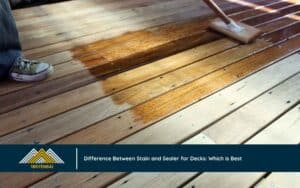
FAQs: Common Questions About Deck Stains and Sealers
Can I Use a Sealer After Staining My Deck?
Yes, you can apply a clear sealer over a stained deck, but it’s not always necessary. Many modern stains are self-sealing, meaning they protect against both water and UV rays. However, adding a clear sealer over a stain can provide additional moisture protection.
Should I Stain or Seal My Pressure-Treated Deck?
Pressure-treated wood already has a degree of moisture resistance. However, applying a stain or sealer is beneficial for additional UV protection and water resistance, especially in harsh climates.
Conclusion
Difference Between Stain and Sealer for Decks: Which is Best for Your Decking Needs?
Choosing between stain and sealer for your deck comes down to your aesthetic goals and maintenance preferences. Stains offer a range of color and opacity options along with UV protection, while sealers provide water protection with a natural look. Whichever option you choose, proper application and regular maintenance will help ensure your deck remains protected and visually appealing for years to come.
For further reading on wood types and applications, check out our articles on Essential Characteristics of Plywood: Strength, Flexibility, and More, How to Install a Plywood Subfloor: A Comprehensive Guide, and What’s the Ideal Subfloor Thickness for Maximum Insulation?. Happy staining!
If you’re ready to elevate your home renovation project, don’t hesitate to contact us at 186yenbai. Let us help you choose the right high-quality plywood that meets your needs and transforms your home into a beautiful and functional space.
Phone: +84 93 3930880
Email: [email protected]
Facebook: https://www.facebook.com
Address: Hop Nhat Village, Thinh Hung Commune, Yen Binh, Yen Bai Province, Vietnam
Check out our other articles below:
Why High-Quality Plywood is the Ultimate Choice for Global Markets
High-Quality Plywood vs. Low-Quality Plywood: What’s the Difference?


